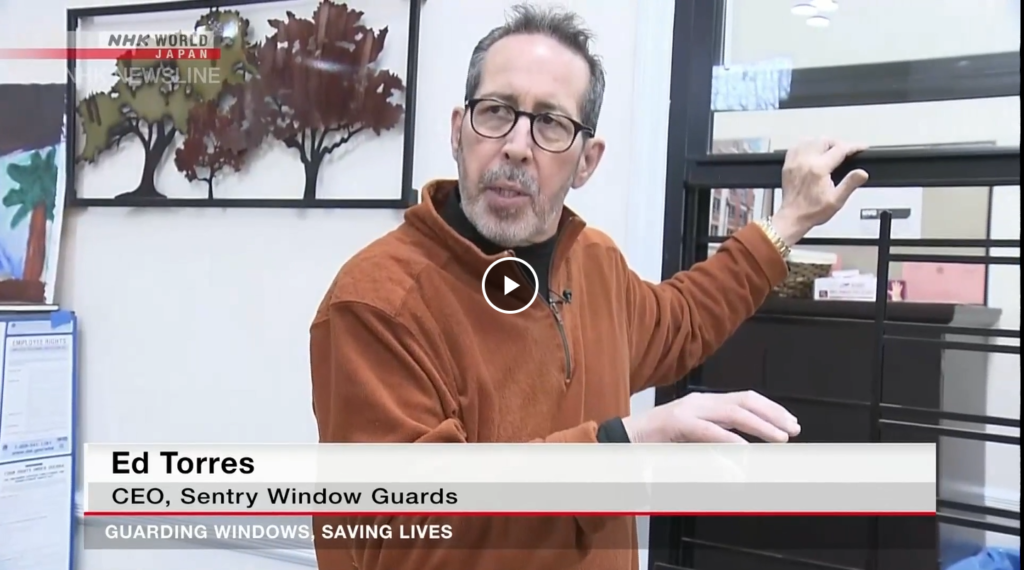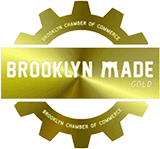While most expect poor indoor air quality (AIQ) to be at its worst “seasonally,” poor IAQ is actually a year-round issue that needs to be addressed. Poor IAQ can cause problems such as headaches, nausea, and eye and throat irritation. More serious risks can include asthma and allergies. Unfortunately children and the elderly are more at risk to experience symptoms of poor IAQ. Here are some common sources for poor IAQ and solutions to reduce the risks to help keep you and your family safe in your home:
- INTERIOR PAINT & NEW CARPETS: Volatile Organic Compounds (VOCs) are gasses released by many household products such as interior paint and new carpets. Try to use a low concentration of VOC-paints and leave windows open and a fan running while painting. Choose low-VOC carpet to also help reduce the amount of VOC gasses emitted.
- CLEANING PRODUCTS: Try and avoid cleaning products containing chemicals such as ammonia and chlorine. Replace with hot water, baking soda and less-toxic cleaning products.
- HVAC SYSTEMS: Systems with cracks, dirty air filters and poor ventilation can cause dangerous carbon monoxide buildup. Maintain your HVAC system on a regular basis by scheduling annual inspections and changing out air filters. Also make sure your carbon monoxide alarm is properly working with fresh batteries.
- GAS STOVES: Improperly installed or vented stoves can dangerous. Vent the stove with a fan that blows properly and make sure burners are adjusted correctly.
- CIGARETTE SMOKE: If someone in your home is a smoker, the best solution is to have the smoker smoke outside. Also keep in mind that second hand and third hand (smoke that lingers in clothes, cushions and carpets) smoke can be especially harmful to children and the elderly.
At Sentry Window Guards we make it our mission to help keep families safe. While our business is to help prevent falls from windows, we also recognize the importance of safe air quality in homes. For more information regarding our window guard products and our experience and leadership in understanding NYC safety requirements, contact us today!









